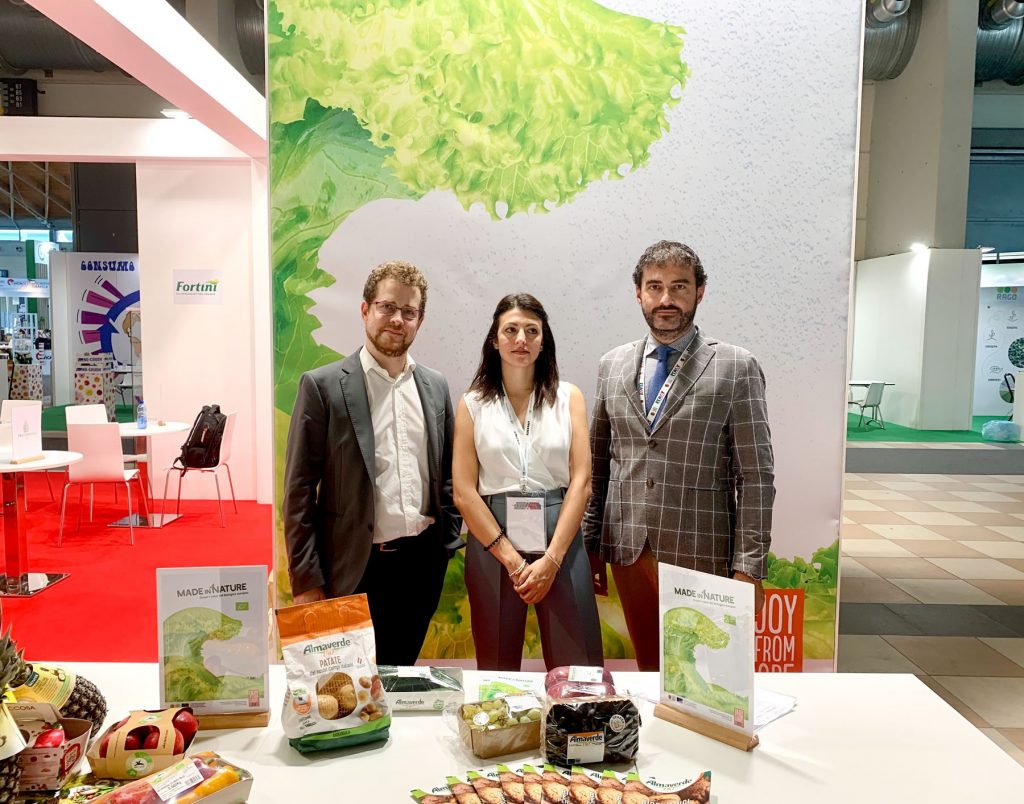Getting to know the European asparagus market better
There is a global market for asparagus. Its conservation capabilities combined with logistical methods (cold chain, containers, etc.) allow asparagus to be transported anywhere in the world. However, only a few countries are able to produce it all year round, such as Peru, Mexico, China and Thailand. It is therefore not surprising that Peru and Mexico are the leading exporters, with around 150,000 tons shipped per year. In Europe, asparagus trade flows come from countries that are “over-producers” in relation to their domestic markets and are channeled to countries that have few or no producers but are asparagus consumers. While these flows of goods respond to the rules of supply and demand, they carry little information about volumes and prices. According to a study by Luciano Trentini, as the sources and availability of information are very similar across different countries, investigations might often lack subjectivity. “The price is only known once the business transaction has taken place. It’s not enough for the farmer to have knowledge of asparagus prices on the day because that is just a validation of a fact that has already happened,” said Trentini. “This makes it impossible to anticipate trends and therefore manage the future market.”
Creating a European asparagus production observatory
This is why the 4th International Asparagus Days prompted the proposal of a European observatory that would make predictions of the volumes of asparagus to be harvested. “The idea of creating an observatory of asparagus production in Europe came from Christian Befve, who coordinates a group of 10 experts operating around the world,” said Trentini, who is also part of this expert group. The objective is to offer European asparagus producers the possibility of evaluating the harvest volumes of different production areas, both inside and outside Europe, for the following four weeks. “A database will have to be created in which the information provided by producers will be collected and stored along with data relating to yield/ha/day, taking into account the vegetative state of the crops and also the weather forecasts,” Trentini said. All data will be provided by producer groups or individual producers of significant volumes in Europe’s different growing regions. The observatory and the forecasts of asparagus volumes to be harvested should make it possible to reduce the risk of oversupply due to a lack of production programming, while also avoiding speculation and/or price reductions on the market. This information will be exchanged within a network on a subscription basis. “We hope that our innovative proposal will meet with general approval among the producers who will need to provide the information, but especially among those who need to use the information to stabilise the price of asparagus to guarantee producers’ income,” Trentini said.





